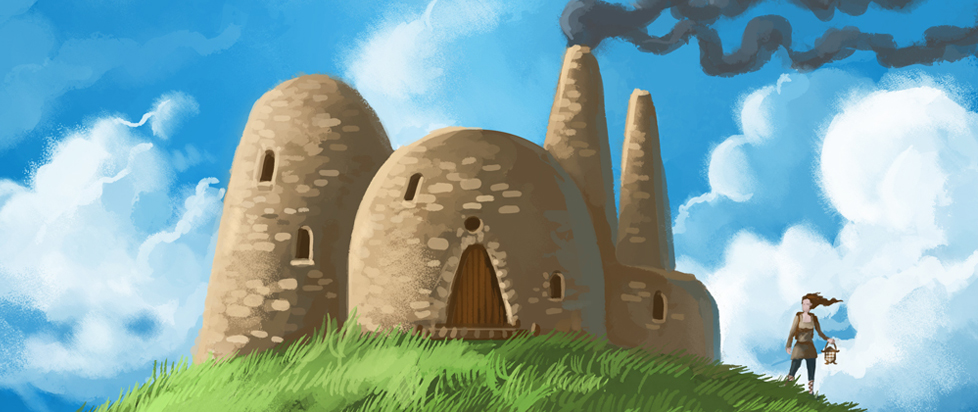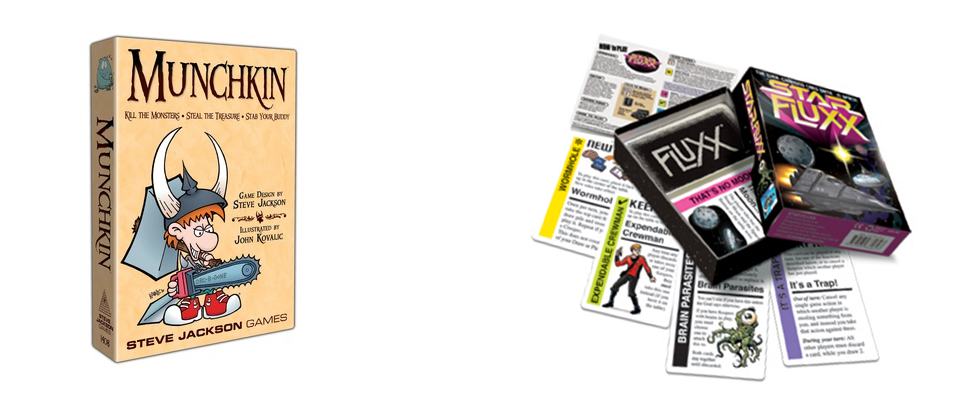
The Serene Adventures of Above and Below
You can’t often say that a board game has warmth. Most of the time, we find meaning in the mechanics as we bend them to our will to pull off a come from behind victory, or as they send you careening into another player’s way as you’re both trying to get a leg up on each other. Maybe a game’s theme will speak to us thanks to how well it integrates into the mechanics, or we’ll find the art nice. But with board games, it almost always comes back to mechanics.
Above and Below is different. You’re not going to find moments of brilliance where you have a eureka moment paving the way for a fantastic turn. Other players aren’t really getting in your way, and indeed, building up your town is a mostly solitary experience. There’s nothing particularly revolutionary about the town-building portion of the game, either. You buy buildings and store away resources for victory points at the end of the game, just like hundreds of other games. And yet Above and Below remains one of the warmest, most human game experiences of the past few years, and an essential game experience for anyone invested in the hobby or just curious about what makes board games uniquely special.
The secret ingredient to Above and Below’s magic is the Encounter Book that facilitates the “Below” portion of the game, where you take a group of villagers on an expedition into the caves below town to make discoveries and find more land on which to build. Very much a simplified version of the classic Tales of the Arabian Nights’s giant Encounter Book, Above and Below skips the convoluted Reaction Matrix system in favor of a simple choice between two or three different options. Simple and clean, it lets you focus on the little stories and the consequences of your choices.

But one of the most quietly brilliant things about Above and Below’s Encounters is how the game doesn’t necessarily give you a choice, as you will often find yourself faced with a choice that’s impossible for your party in its current state. To succeed at Encounters, you need to pass an Explore test, meaning rolling a die for each member of your party and seeing how much Explore power they will lend to the task. If you’re too low, you can start injuring people to bump up your Explore result, but the rub is that you need at least one healthy person present to succeed at the task. But often you’ll find that one of your options is mathematically impossible to fulfill, even if it is the choice you want to make. This leads to heartrending moments where your only feasible option is to, for example, steal someone’s belongings while a mob attacks them because you aren’t strong enough to help.
The impossible choices don’t end up being a design flaw, but rather an interesting way to capture your party’s state of mind while they’re in the heat of the moment. If you were in a position where you had to survive an expedition in an unexplored cave and ran into a dangerous mob, you might not be so virtuous as panic and fear set in. These choices give your adventures variable textures, and though the binary choices they give you can be a bit too “good vs. bad” for the sake of it, they’re never boring and their personality is the very heart and soul of Above and Below.
[pullquote] Above and Below could be accused of entirely getting by on its charm, but when you think about it, that’s a good, rare legacy to have. [/pullquote]
It’s fair, then, to ask why the town building parts are in the game at all while the exploration is entirely optional. Why bury your strongest game concept and not make it the main crux? The answer is atmosphere, one of the triumphs of Above and Below. Many games choose themes that lend themselves to a specific kind of atmosphere. Farming games manage to feel appropriately pastoral as you quietly build up your engine. War games become tense affairs as you look for the opening that will win you the game. These different atmospheres are a big part of the appeal of board games, but most achieve one kind of atmosphere and stick with it throughout.
Above and Below’s atmosphere ends up being more complex. Building your town is a serene affair, not unlike a farming game, but without the friction of building an engine. Also lending to the calming appeal of town building is the game’s art, with its gentle pastel blue sky, lovingly conceived character design and interesting architecture. Adventuring Below does nothing to interrupt this pleasant, calming atmosphere, but rather presents it in a different form, weaving words into a world of mystical wonder that simultaneously feels grounded and human. Encounters may be the soul of Above and Below, but it’s the flow between the two parts that makes up the spiritual whole.
In the end, Above and Below’s mechanics are secondary, though still important. They’re the glue that holds the thematic pieces together, staying out of the way enough for players to really immerse themselves in the game’s world. Above and Below could be accused of entirely getting by on its charm, but when you think about it, that’s a good, rare legacy to have.





